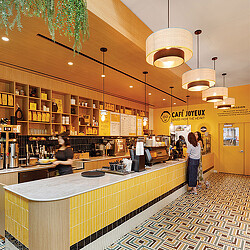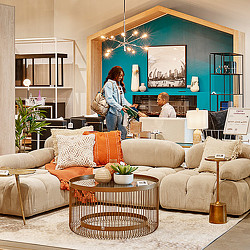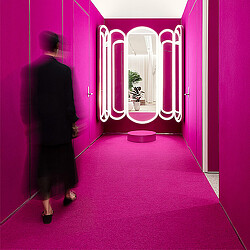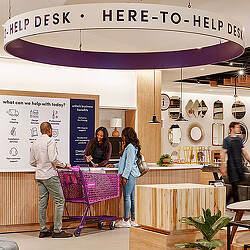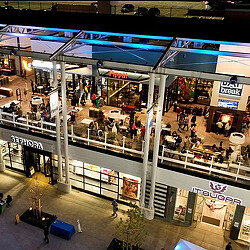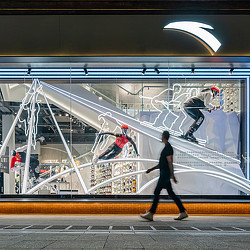Avoiding Fear-Based Decision-Making
to Foster Positive In-Store Retail Experiences
How deliberate design decisions can boost brand recognition and connect with customers.
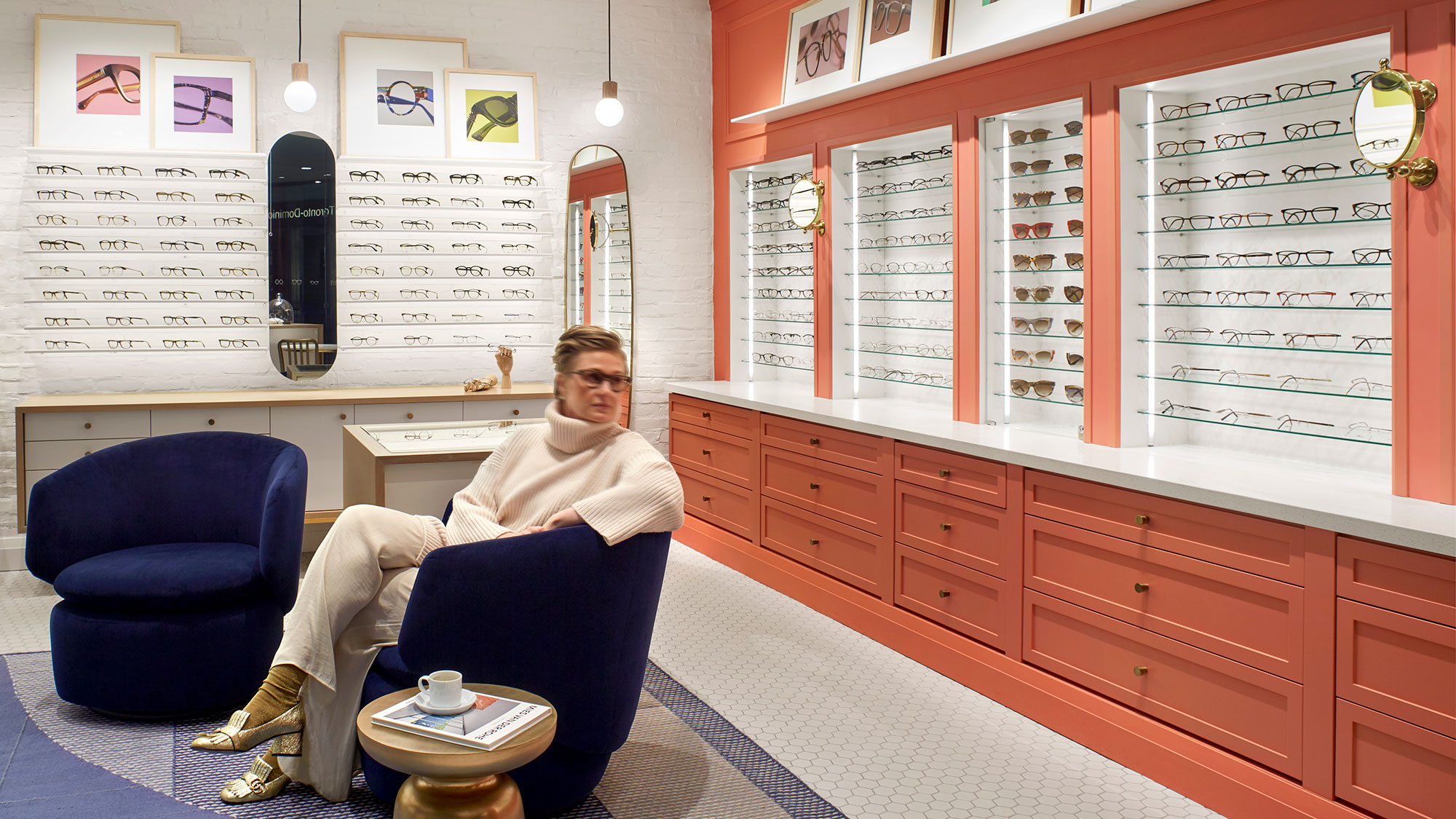
Over the course of my 30-year long career as a retail designer, I’ve seen more than my fair share of ups-and-downs. Numerous recessions, a pandemic, and the birth of one key disruption that is now long considered unimaginable to live without. Like in fashion, trends come and go, but the recurring notion that in-store shopping is dead has continued to plague brick-and-mortar retail since the inception of the e-tail — a headline that’s as played out as the “Bedazzler.” In reality, in-store shopping is alive and well, but not all retail experiences are created equal.
Despite the convenience of online shopping, there is something irreplaceable about the in-store experience. Only in-store can customers compare fabrics, try on for size, shop socially, or simply have the opportunity to stumble upon something new or unexpected. While there are exceptions, algorithms usually don’t lead shoppers to an adrenaline rush from stumbling upon a great discovery! But while in-store shopping is inimitable in the digital realm, it hinges on its ability to accurately reflect a brand, connect with customers, and offer a seamless journey through space, and it starts with deliberate, bespoke, and often bold design decisions.
With experience on both sides of the fence — having worked in retail for 10 years — it’s no surprise to me when retailers become cautious around designing a new store, especially when considering escalating construction costs and the drastic changes in customer behaviour and technology in recent years. Unfortunately, it’s this fear-based mentality that leads clients to want to be all things to all people, spurring the creation of cookie-cutter like spaces, generic experiences, and the deterioration of in-store brand identity — the antithesis of positive customer experiences.
To help my clients avoid fear-based decision making at every stage of the design process, I always ask them three key questions:
How will the space reflect the brand?
A strong brand isn’t meant to appeal to everyone, it should have an impact on the people it resonates with. Think of your favourite restaurants. How similar are they to their competitors? Chances are, they’re quite different, and this is how I encourage my clients to think about retail spaces. To move away from overly cautious design choices, I advise my clients to view the in-store space as a reflection of their brand’s uniqueness. As seen with Simons, which is working to open 228,000 square feet of space across two new stores in Toronto, understanding the brand is crucial in curating the experience for a new customer base, and to increase brand recognition. For the Quebec-City based retailer, this includes Simons’ signature use of works by local artists and nature-inspired design elements.

How will the space connect with customers?
It’s at this stage where I most often encounter fear-based decision making, especially when a client becomes weary of making bold design decisions for fear of alienating customers, without realizing that watered down design is equally as effective at turning people away.
Helping clients understand how their space connects with their customers is crucial. While there is a method to the madness, any designer would be lying to you if they claimed it’s an exact science — another cause for cautious design choices. What’s important is that the design offers a point of view. Having designed nine previous Simons stores over 25 years, it’s about bringing Simons’ fashion-forward, democratic approach to retail to a new audience.
How can the space become a journey?
But even if the store is an accurate reflection of the brand and manages to connect with customers on a human-level, shoppers cannot be expected to stay in a space that is bereft of logic, especially if it’s a larger retail environment. Instead, the space must entice shoppers to linger, explore, and understand the ecosystem of interconnected spaces and experiences.
A strategic design approach will consider the curation of space into digestible vignettes and product moments, providing a narrative thread for customers to venture from one experience to another — like breadcrumbs, shoppers should be led on a journey.
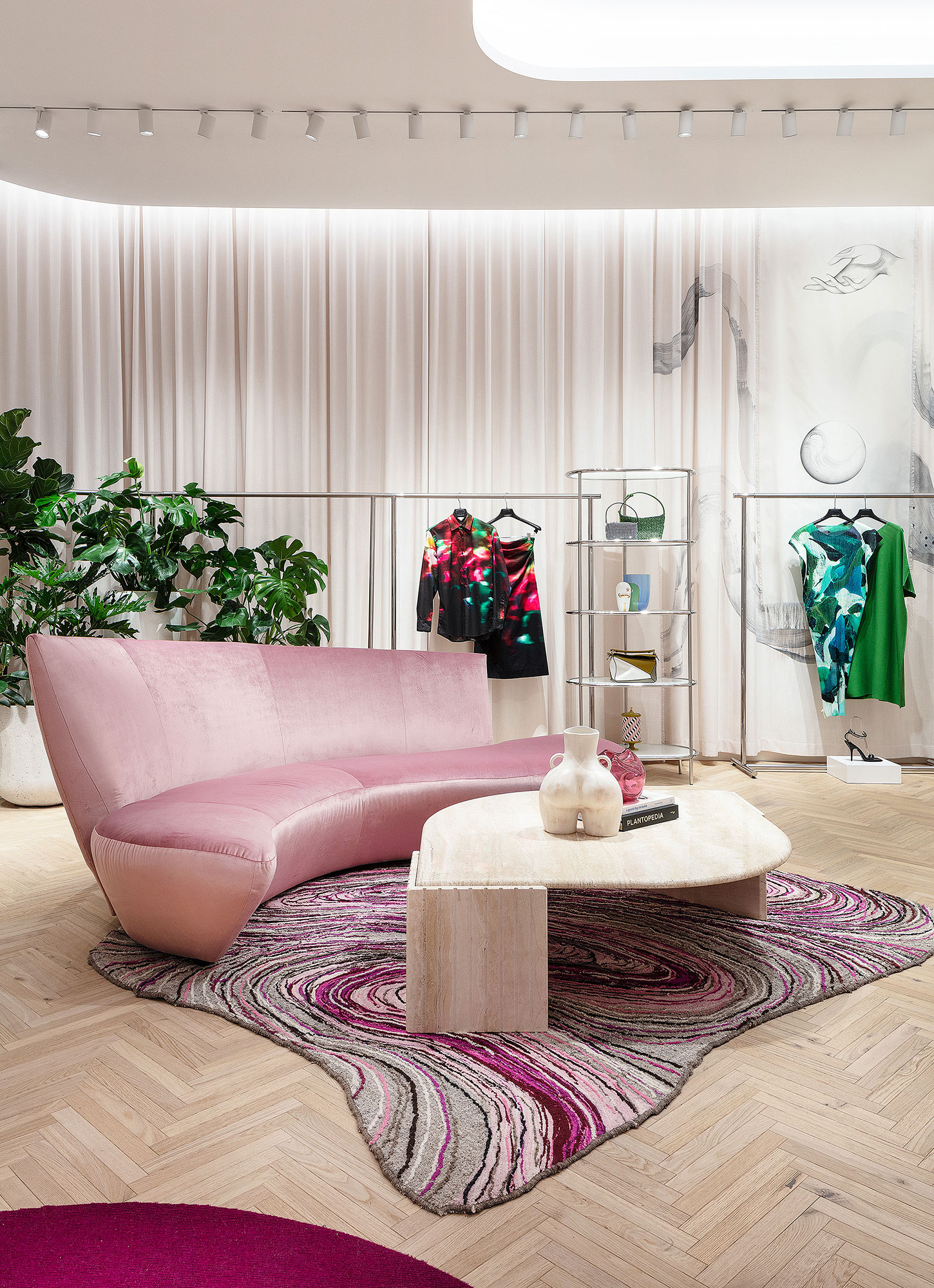
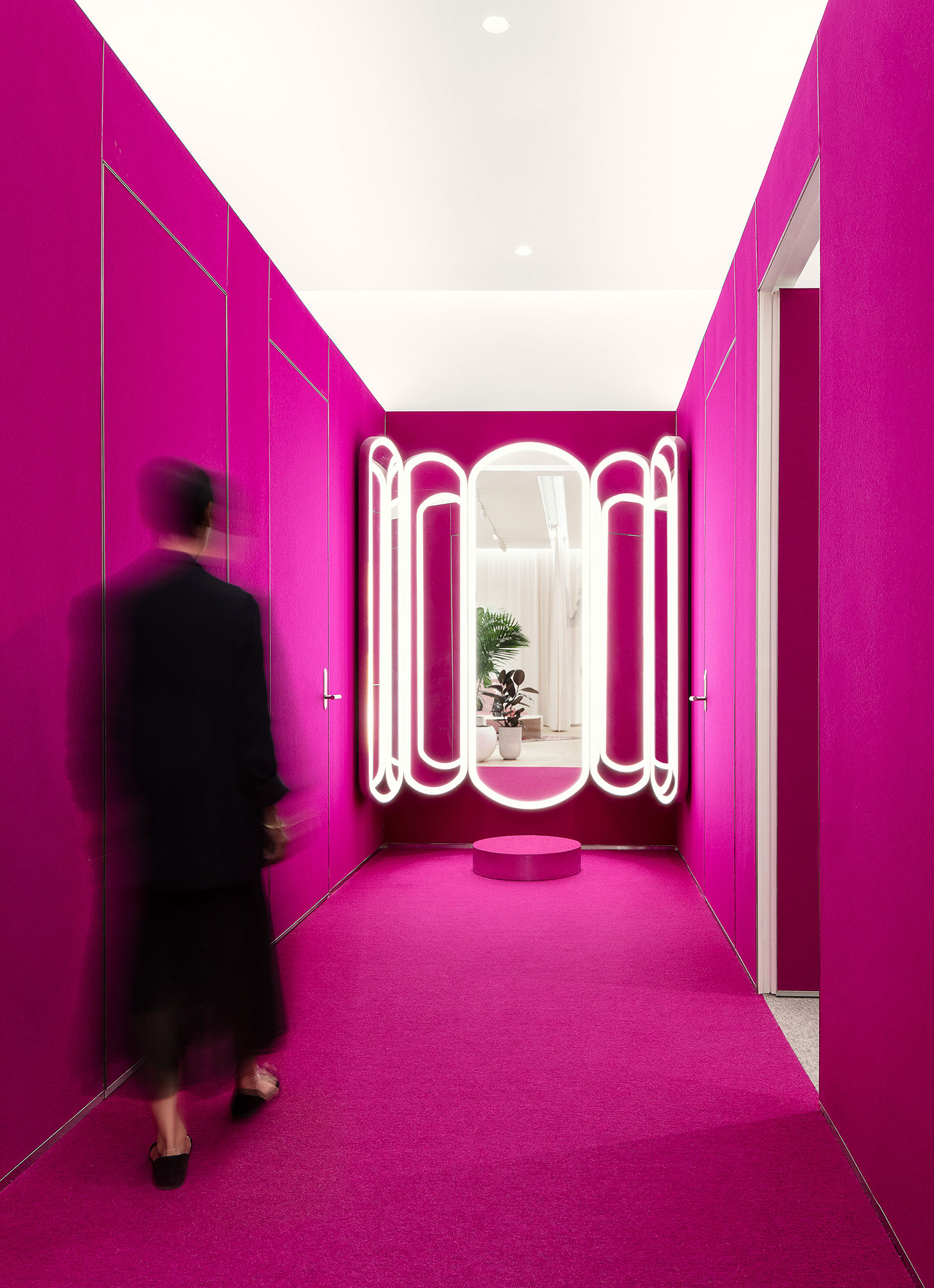
When it comes to retail, there is so much that is out of our control as designers. We cannot alter the products our clients sell, the people they hire, or anything that happens outside of the store, but good design can still have an incredible impact. For many consumers, a store is still the most tangible visual cue for many brands. How the space reflects the brand, connects with customers, and provides an experience that will entice them to explore and keep shopping are all influenced by design.
As we learned during the pandemic, people still crave positive in-store shopping experiences. What’s more, if brick-and-mortar shopping had truly died alongside its first — of many — painstaking obituaries, I wouldn’t have had a very long career. Yet, I can recall a time working in retail when credit cards weren’t tapped so much as they were railroaded by something colloquially referred to as a “knuckle-buster,” and I’m still designing retail spaces. While everything evolves, some things never change.
For media inquiries, email .

